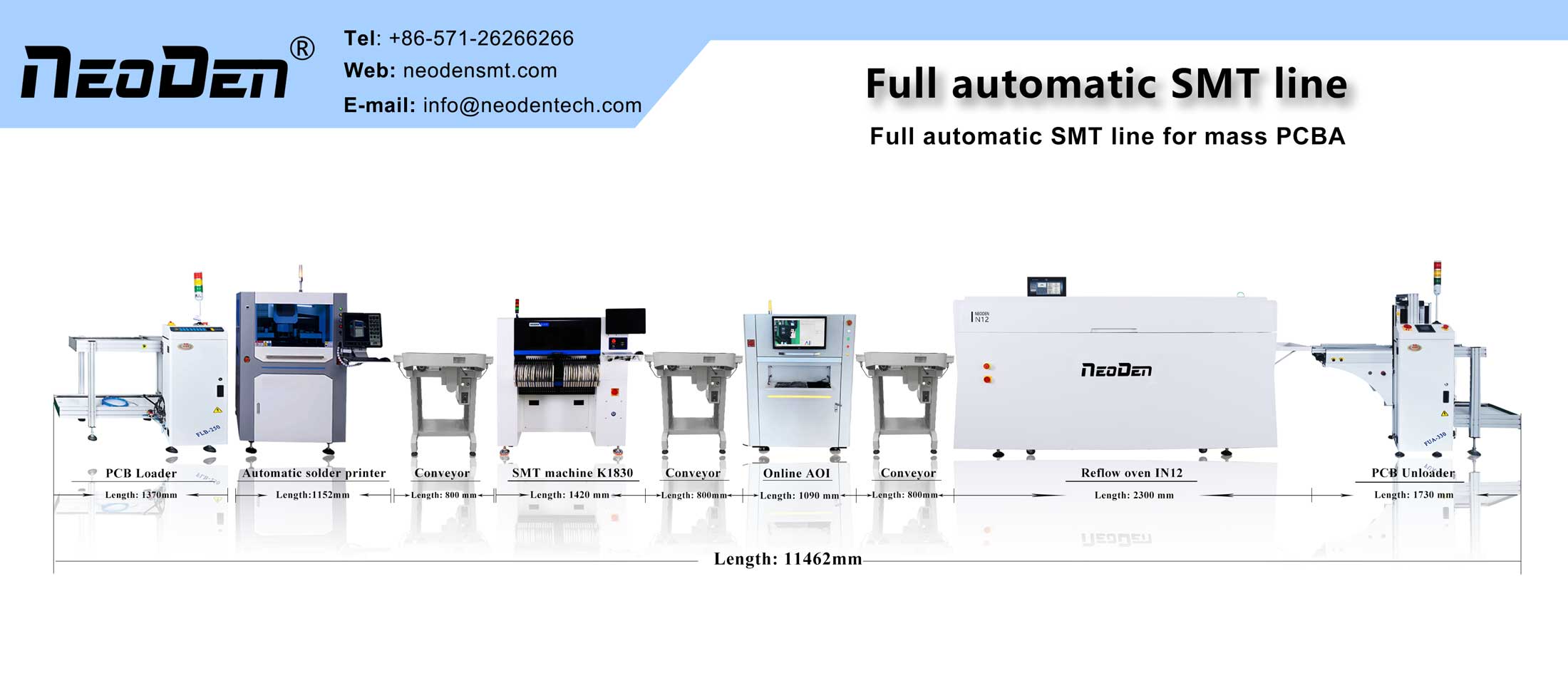5. the choice of components
The choice of components should take full account of the actual area of the PCB, as far as possible, the use of conventional components. Do not blindly pursue small size components to avoid increasing costs, IC devices should pay attention to the pin shape and foot spacing, QFP less than 0.5mm foot spacing should be carefully considered, rather than directly choose the BGA package devices. In addition, the packaging form of components, end electrode size, solderability, reliability of the device, temperature tolerance such as whether it can adapt to the needs of lead-free soldering) should be taken into account.
After selecting the components, you must establish a good database of components, including the installation size, pin size and manufacturer of relevant information.
6. the choice of PCB substrates
The substrate should be selected according to the conditions of use of the PCB and mechanical and electrical performance requirements; according to the structure of the printed board to determine the number of copper-clad surface of the substrate (single-sided, double-sided or multi-layer board); according to the size of the printed board, the quality of the unit area bearing components to determine the thickness of the substrate board. The cost of different types of materials vary greatly in the selection of PCB substrates should consider the following factors:
Requirements for electrical performance.
Factors such as Tg, CTE, flatness and the ability of hole metallization.
Price factors.
7. the printed circuit board anti-electromagnetic interference design
For the external electromagnetic interference, can be solved by the whole machine shielding measures and improve the anti-interference design of the circuit. Electromagnetic interference to the PCB assembly itself, in the PCB layout, wiring design, the following considerations should be made:
Components that may affect or interfere with each other, the layout should be as far away as possible or take shielding measures.
Signal lines of different frequencies, do not parallel wiring close to each other on the high-frequency signal lines, should be laid on its side or both sides of the ground wire for shielding.
For high-frequency, high-speed circuits, should be designed as far as possible to double-sided and multi-layer printed circuit board. Double-sided board on one side of the layout of signal lines, the other side can be designed to ground; multi-layer board can be susceptible to interference in the layout of signal lines between the ground layer or power supply layer; for microwave circuits with ribbon lines, transmission signal lines must be laid between the two grounding layers, and the thickness of the media layer between them as needed for calculation.
Transistor base printed lines and high-frequency signal lines should be designed as short as possible to reduce electromagnetic interference or radiation during signal transmission.
Components of different frequencies do not share the same ground line, and ground and power lines of different frequencies should be laid separately.
Digital circuits and analog circuits do not share the same ground line in connection with the external ground of the printed circuit board can have a common contact.
Work with a relatively large potential difference between the components or printed lines, should increase the distance between each other.
8. the thermal design of the PCB
With the increase in the density of components assembled on the printed board, if you can not effectively dissipate heat in a timely manner, will affect the working parameters of the circuit, and even too much heat will make the components fail, so the thermal problems of the printed board, the design must be carefully considered, generally take the following measures:
Increase the area of copper foil on the printed board with high-power components ground.
heat-generating components are not mounted on the board, or additional heat sink.
for multilayer boards the inner ground should be designed as a net and close to the edge of the board.
Select flame-retardant or heat-resistant type of board.
9. PCB should be made rounded corners
Right-angle PCBs are prone to jamming during transmission, so in the design of the PCB, the board frame should be made rounded corners, according to the size of the PCB to determine the radius of the rounded corners. Piece board and add auxiliary edge of the PCB in the auxiliary edge to do rounded corners.
Post time: Feb-21-2022

